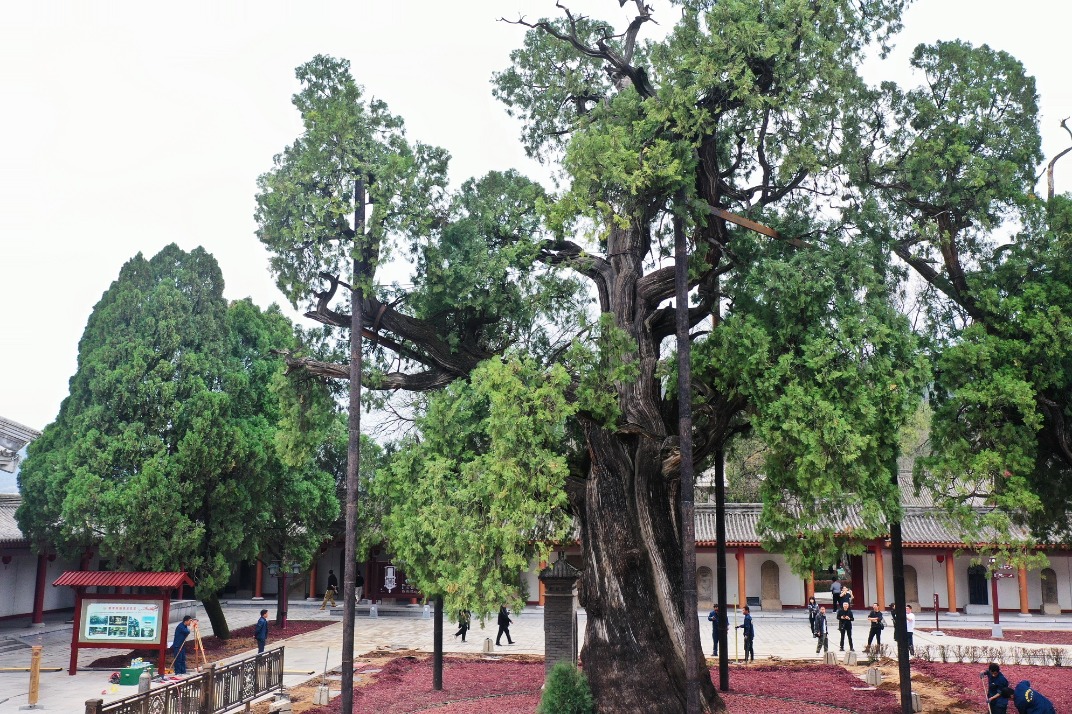Life looks up for villagers in Xinjiang


Water better used, poverty eradicated, services improved
During the late 1980s, the Hami River, the main waterway in the east of the Xinjiang Uygur autonomous region, nearly dried up.
However, in recent years, wild birds such as egrets have been seen feeding and resting along the Hami, which is known as the "Mother River" of Hami prefecture. The birds have become a scenic attraction in the area.
Since 1998, the authorities in the prefecture have supplied water to the river to improve the environment. In 2019, the Hami River Ecological Restoration Project was launched by the authorities, who also established the Hami River National Wetland Park.
Song Zhanshi, director of the management office at the wetland park, said that by renovating more than 10,000 shantytowns near the river, preserving the original water system and adding plants, the greening rate along the waterway has risen from 18 percent to 78 percent.
The park, which stretches for about 42 kilometers north to south, is some 400 meters wide. It features pavilions by the riverside against a backdrop of gently flowing water, flowers, grass and old trees.
Abdu Kader, 84, who lives in Hami's Yizhou district, said, "It is beautiful here, and I feel very happy walking in the area every day."
The Hami River National Wetland Park attracts a wide range of visitors for leisure, entertainment, fitness activities, and simply to enjoy the scenery.
Hami has scant rainfall, and more than 70 percent of its land is desert and mountains.
The prefecture is one of the most water-deficient areas of Xinjiang, with the Hami River acting as a vital lifeline at the southern foot of the Tianshan Mountains. The river is sourced mainly by melting snow on the mountains, and protecting water sources and using water more efficiently are crucial for Hami's socioeconomic development and people's livelihoods.
Despite its lack of water, Hami boasts abundant wind and solar resources. It has become a national comprehensive energy hub, mainly consisting of wind power bases and photovoltaic bases. New energy bases are planned for the area.
However, the intermittent nature and volatile characteristics of wind power and photovoltaic power pose challenges to the safe and stable operation of the grid.
























